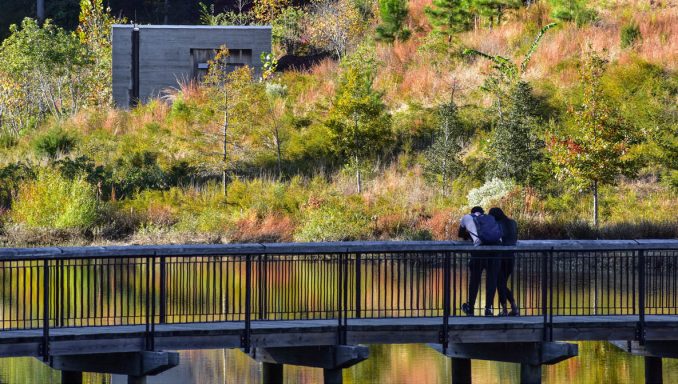
With an extreme drought straining the city of Durham’s utilities, Duke University engaged the landscape architect to design a stormwater management pond that would reduce its reliance on municipal water and help conserve the region’s other natural resources. The landscape architect led a technical team and an intensive planning and design process to successfully transform a derelict and unhealthy landscape into one that is vibrant, resilient, and memorable. Today, Duke Pond is far more than a utility; it supports the university’s pedagogical, social, and environmental missions, and has become a model of sustainability enjoyed by the entire Durham community.
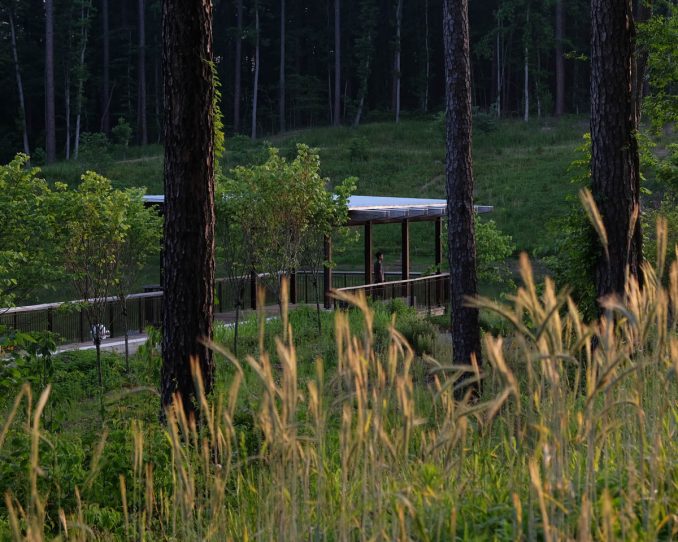
Collaboration and Design Excellence
The design process prioritized collaboration. It was paramount that resultant designs embodied the values of the institution and the student body to its full capacity. Following a process involving students, faculty, and cross-disciplinary professionals, the new landscape is now deeply integrated into the daily rituals and activities of campus life. The balance of designed formal and informal elements allows the pond to mediate both its natural and cultural contexts. The northern edge of the pond is designed as a successional woodland negotiating the forested perimeter, while the south edge creates a series of wetland shelves providing multiple access points, views, and experiences – a pavilion and boardwalk structure and navigate the water’s edge; elevation markers located on the pavilion pilings provide visitors with the opportunity to note the fluctuation of water during massive rain events or dry periods. Bald cypress are featured prominently as stabilizers of wetland shelves, and their cypress knees create visual interest as they mature. Access to all features in the pond landscape is comfortable and universally accessible, and the path system provides a beautiful recreation spot for the whole community.
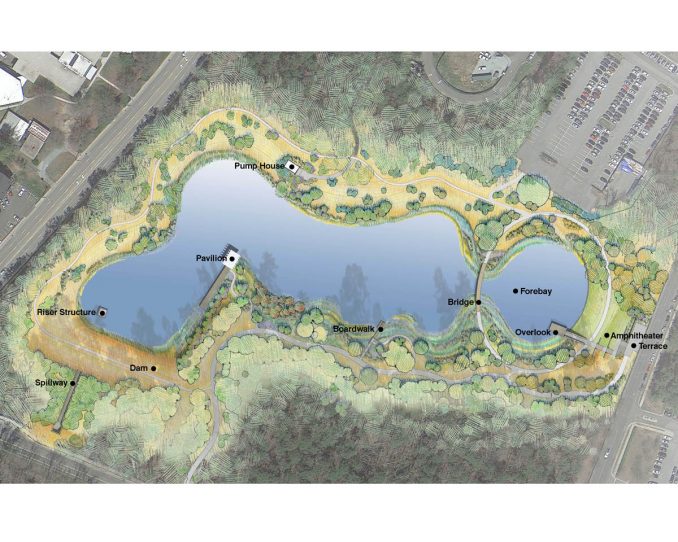
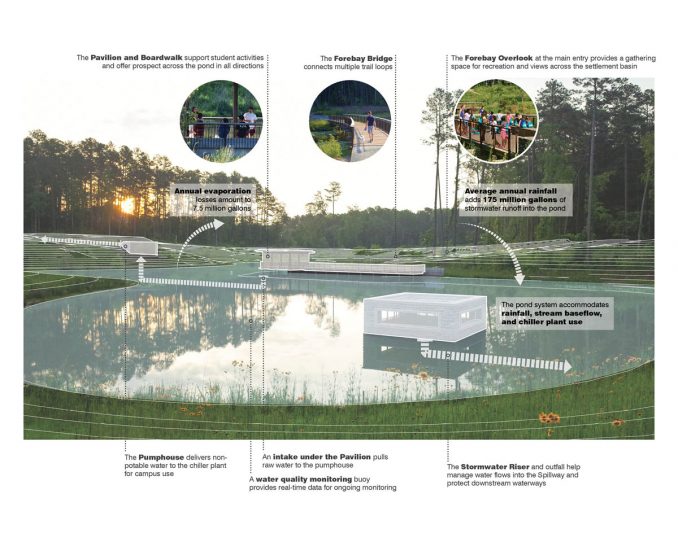
Stewardship of Resources
Duke Pond now supplies more than 100 million gallons of non-potable water per year, supporting the chilled water plant, the university’s largest water user, to cool the campus. Capturing stormwater runoff from 265 acres containing the densest and most urban portion of campus, the pond effectively cleans this contaminated stormwater before slowly releasing it downstream into one of America’s most endangered rivers. The design team created a lush, vegetated edge with diverse trees and shrubs, and worked closely with faculty from Duke’s Nicholas School of Environment to develop a palette of native plantings that supports the school’s focus and helps to create an outdoor classroom for undergraduate students and graduate researchers. Over 40 herbaceous native plant species (emergent, wetland, and upland) respond to fluctuations in the water level depending on rainfall and campus demand. These plants are able to tolerate both hot, dry summers and soaking wet conditions. With the creation of new wildlife habitat, the site has become a model for biodiversity and supports numerous species of birds, insects, fish, and mammals. Through the thoughtful use of grading, the project saved as many trees from the site as possible and utilized the harvested timber for structures, decking, handrails, and hardwood mulch around paths and plantings on site. Leftover lumber was saved and used for additional construction projects on campus and local Duke stone was harvested from the University’s quarry and used thoughtfully across the site.
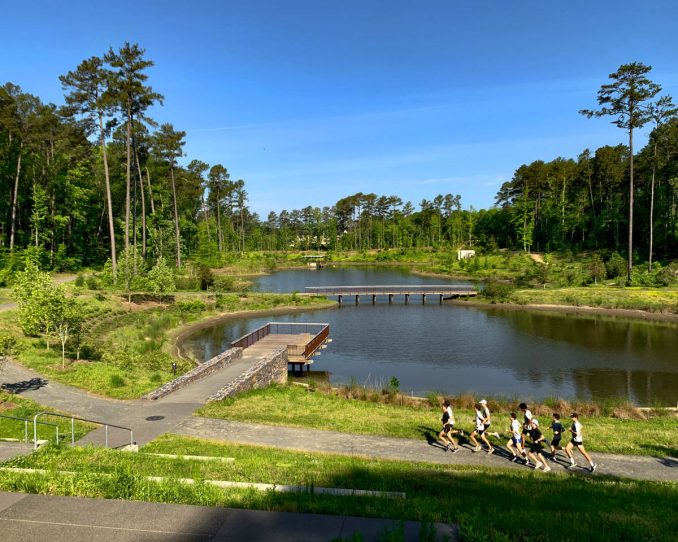
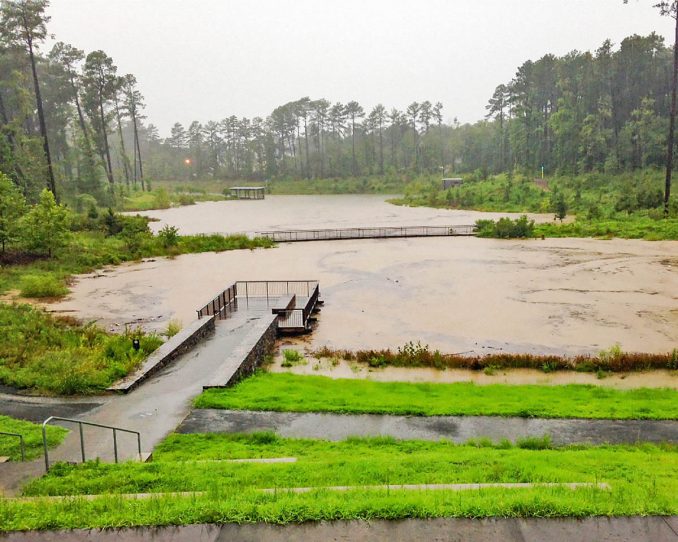
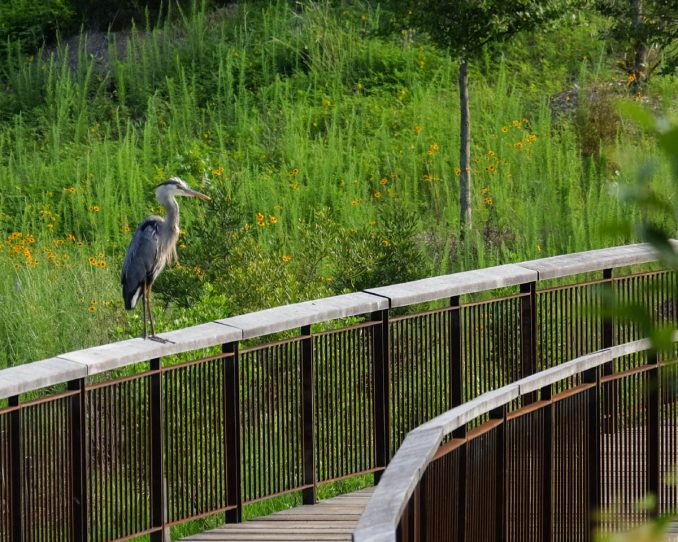
Education and Student Life
The landscape architect designed the landscape to connect to the campus community in ways that maximize its potential use as both a recreational and educational amenity. A major path through the site facilitates a strong connection to the heart of the campus for cyclists and pedestrians. The pavilion, boardwalk, nearly mile of paths, an amphitheater with lawn seating, overlook, and bridge provide diverse opportunities to interact with the pond and landscape. The site has become a place of respite for students, faculty, and staff who use the pond to study or have a quiet moment outside. The Nichols School of the Environment monitors the functionality of the pond – which has revealed a 50% reduction in phosphorus and nitrogen in the water – and faculty and students are already using it for ongoing research projects. Durham school groups of various ages use the pond to learn about environmental stewardship. The pond has also become a frequently used model of multifunctional infrastructure by engineers and designers from other municipalities and universities.
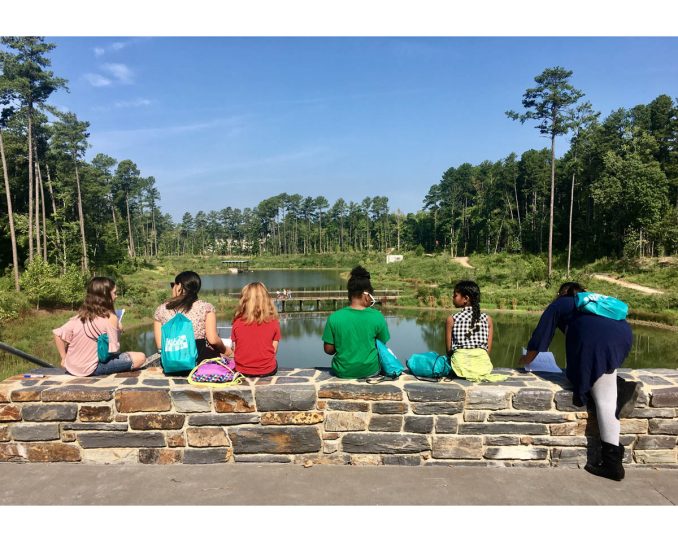
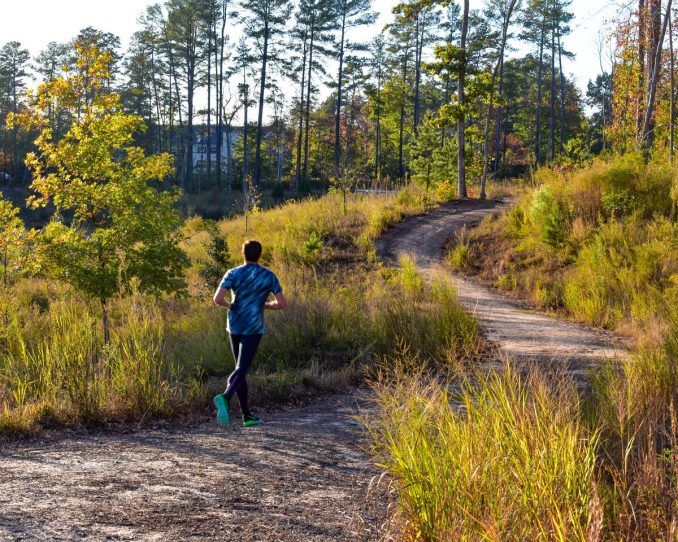
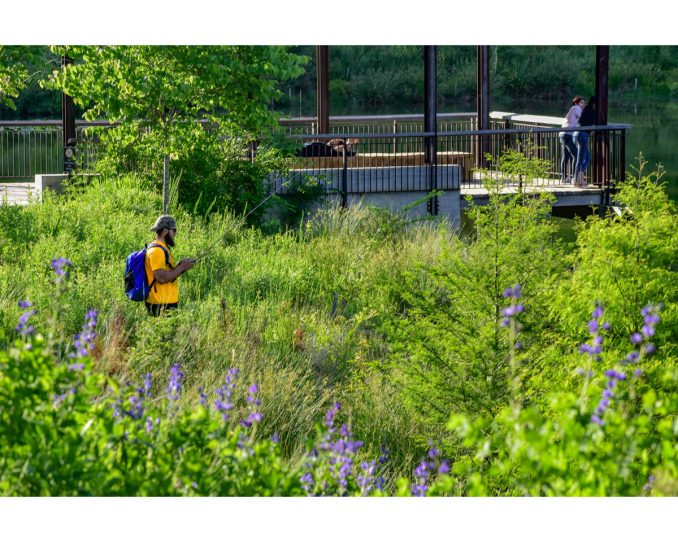
The Cultural Landscape
The original master plan for Duke University was designed by the Olmsted Brothers firm in the 1920s. The firm fulfilled the client’s vision for a picturesque campus landscape that would sit within 5,000 acres of remnant forest land in the rolling hills of the Piedmont region. Two lakes were planned in the lowlands on either side of the ridge upon which the iconic Duke Chapel was built. Due to financial constraints, neither lake was built with the construction of the university. Subsequently, one of these lakes was built as a stormwater pond in the Sarah P. Duke Gardens in the 1980s. Now, with the completion of this project, the realization of the second lake fulfills the original Olmsted vision for the campus.
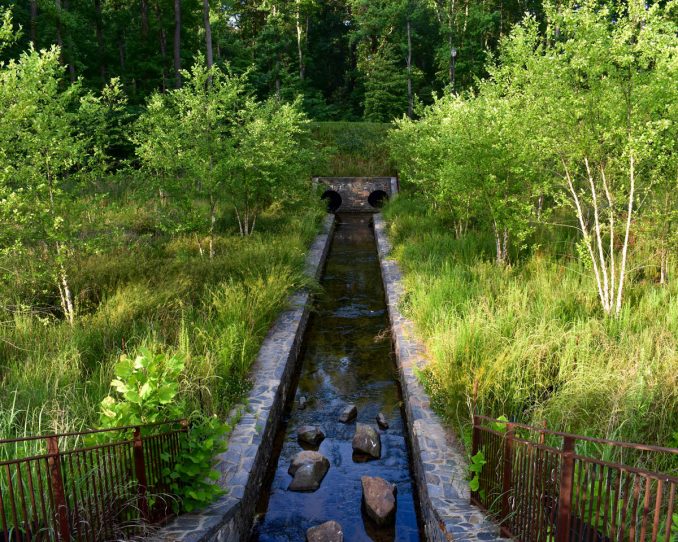
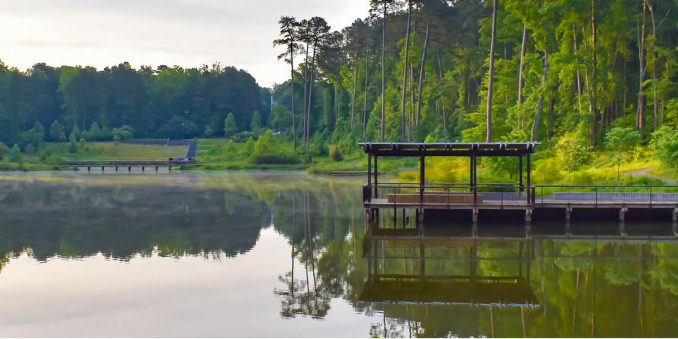
Duke Water Reclamation Pond
Location: Durham, North Carolina
Landscape Architect: Nelson Byrd Woltz Landscape Architects
Collaborator: Mark Hough, FASLA – University Landscape Architect, Duke Facilities Management, McAdams Company
Image Credit: Mark Hough, Nelson Byrd Woltz Landscape Architects
